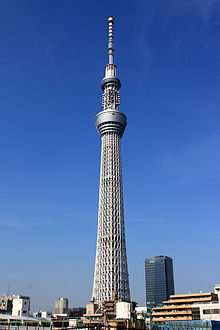
This article presents detail of the results in the 2005 Japan general election, breaking down results by block district. The 11 block districts elected 180 members by proportional representation, and 300 members were elected from single-member districts distributed among the 47 prefectures.

Yōichi Masuzoe is a Japanese politician who was elected to the position of governor of Tokyo in 2014 and resigned in June 2016 due to the misuse of public funds. He was previously a member of the Japanese House of Councillors and the Japanese Minister of Health, Labor, and Welfare. Before entering politics, he became well known in Japan as a television commentator on political issues.

Prefectural elections for the Tokyo Metropolitan Assembly were held on 12 July 2009. In the runup to the Japanese general election due by October they were seen as an important test for Taro Aso's ruling coalition of the Liberal Democratic Party (LDP) and the New Komeito. New Komeito considers Tokyo as an important stronghold and had repeatedly asked Prime Minister Aso to avoid holding the two elections within a month of each other.

The 11th Okinawa gubernatorial election was held on November 28, 2010. The official campaign start began November 11. The 2010 election garnered national attention mostly for the dispute between the central government and local communities in Okinawa over the planned relocation of Marine Corps Air Station Futenma from Ginowan to Henoko in Nago that had also contributed to the resignation of prime minister Yukio Hatoyama in June 2010.
This article lists events in 2011 in Japan.
The 17th unified local elections in Japan took place in April 2011. In the first phase on April 10, 2011, 12 governors, 41 prefectural assemblies as well as five mayors and 15 assemblies in cities designated by government ordinance were elected. In the second phase on April 24, 2011, mayors and assemblies in hundreds of cities, "special wards" of Tokyo, towns, and villages were up for election. Additionally, a by-election for the National Diet was held in Aichi on April 24.
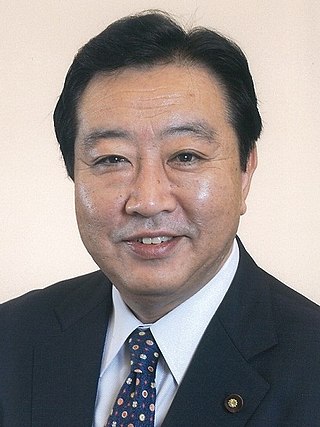
The 2011 Democratic Party of Japan leadership election took place on August 29, 2011. The election chose Yoshihiko Noda as the successor to Naoto Kan as president of the Democratic Party (Minshutō) of Japan. The designation of the new party president as prime minister in the Diet took place on August 30; Kan remained as acting prime minister until his successor's formal appointment ceremony with the Emperor. In June 2011, Kan had announced to resign once three conditions have been met: passage of the second extra budget for fiscal 2011, passage of a bill to promote the use renewable energy and passage of a bill to issue new debt covering bonds. The extra budget was passed in July; after an agreement with the opposition was struck on reforming the child allowance introduced by the Democratic Party, the renewable energies bill and the bond ceiling increase passed through the Diet on August 26, 2011.

House of Councillors elections were held in Japan on July 21, 2013 to elect the members of the upper house of the National Diet. In the previous elections in 2010, the Democratic Party of Japan (DPJ) remained the largest party, but the DPJ-led ruling coalition lost its majority. The House of Councillors is elected by halves to six year terms. In 2013, the class of Councillors elected in 2007 was up.

People's Life First was a short-lived political party in Japan. It had 37 out of the 480 seats in the House of Representatives, and 12 in the 242-member House of Councillors. On 28 November 2012, the party merged into Governor of Shiga Yukiko Kada's Japan Future Party based in Ōtsu.

General elections were held in Japan on 14 December 2014. Voting took place in all Representatives constituencies of Japan including proportional blocks to elect the members of the House of Representatives, the lower house of the National Diet of Japan. As the cabinet resigns in the first post-election Diet session after a general House of Representatives election, the lower house election also led to a new election of the prime minister in the Diet, won by incumbent Shinzō Abe, and the appointment of a new cabinet. The voter turnout in this election remains the lowest in Japanese history.
Events in the year 2013 in Japan.
The first stage of the 18th unified local elections in Japan took place on April 12, 2015. The Liberal Democratic Party under leadership of Shinzo Abe was the overall victor, winning many races including all ten gubernatorial races and 1,153 of the 2,284 assembly seats at stake. Further elections for municipal mayors and assemblies took place on April 26.

House of Councillors elections were held in Japan on Sunday 10 July 2016 to elect 121 of the 242 members of the House of Councillors, the upper house of the National Diet, for a term of six years. As a result of the election, the Liberal Democratic Party–Komeito coalition gained ten seats for a total of 145, the largest coalition achieved since the size of the house was set at 242 seats.
The following lists events that happened during 2016 in Japan.
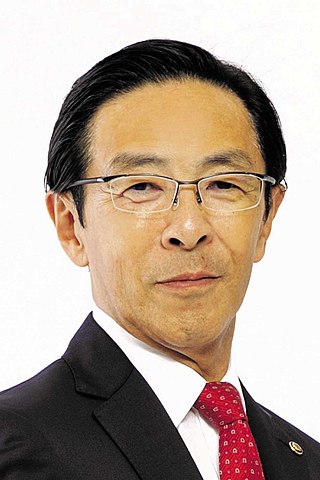
The 2018 Kyoto gubernatorial election was held on 8 April 2018 to elect the next governor of Kyoto. Incumbent Governor Keiji Yamada declared that he was not running for a fifth consecutive term, ending his 16-year tenure in office. This is the first gubernatorial election in Kyoto since the voting age was lowered to 18.
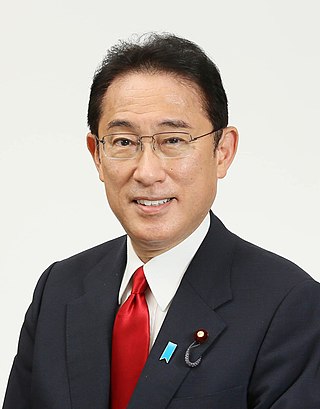
The 2021 Liberal Democratic Party presidential election was held on 29 September 2021 to elect the next President of the Liberal Democratic Party of Japan and Prime Minister of Japan. Kishida was elected to lead the party, and assumed the premiership on 4 October. He led the party into the 2021 Japanese general election.
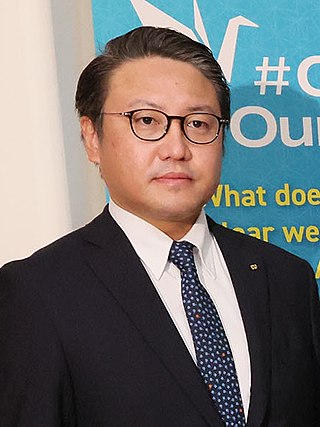
The 2022 Nagasaki gubernatorial election was a gubernatorial election held on 20 February 2022 to elect the next governor of Nagasaki, a prefecture of Japan in the north-west of Kyushu.
The 2022 Shiga gubernatorial election was held on 10 July 2022 to elect the next governor of Shiga, a prefecture of Japan located in the Kansai region of Honshu island.
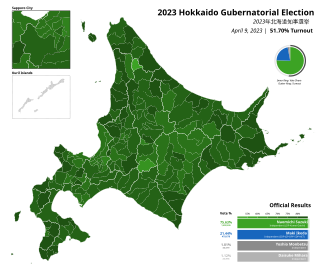
The 2023 Hokkaido gubernatorial election was held on 9 April 2023, to elect the next governor of Hokkaido Prefecture. It was held as part of the 2023 Japanese unified local elections. The incumbent governor of Hokkaido, independent candidate, Naomichi Suzuki, won a landslide victory against Constitutional Democratic Party of Japan candidate Maki Ikeda.

